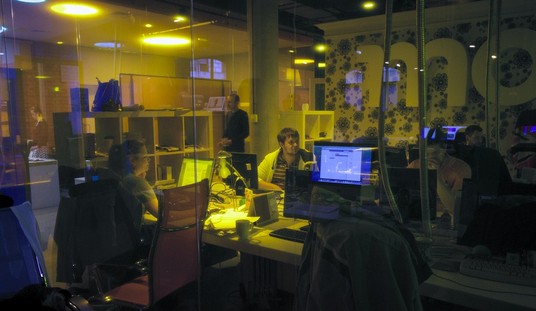Ever go to the store to buy a pair of jeans or an outfit, and when you try on the size that you normally wear, you are either floating in the garment or can’t close it all the way? You’re not alone. Women everywhere might notice that their size in one brand is drastically different from their size in another. What’s worse is that their size in one style within a brand is sometimes different from their size in a different style within that same brand! So what gives??
Years ago, brands across the board adhered to a standard size – so a small or medium was a small or medium no matter where you shopped. But now most companies cater their sizes to their core demographic – the people they know are most likely to buy their clothes. So a medium in a store for Baby Boomers will fit very differently from a medium at Forever 21.
From Today Style:
These cases aren’t flukes. Research from True Fit shows the actual waistband measurement of a pair of women’s size 6 or 28 jeans can vary by more than 5 inches, depending on the brand. (That variance increases when grouping together different rises, from low to high.)
And it’s no secret that many brands engage in so-called “vanity sizing,” in which they make the clothes bigger than what the size on the tag suggests. So, for example, a size 4 really fits like a size 6. The thinking behind the tactic is that women are presumably more likely to buy an item when it makes them feel good about themselves.
Unfortunately it seems that mostly women have this issue, and not men (since men buy many clothes based on measurements, and not sizes.) And now that so many people shop online, the sizing discrepancies are costing companies tons of money, since many people return outfits that just don’t fit because they never had the opportunity to try them on. So it seems that this sizing phenomenon that has evolved over the years is a lose-lose for everyone…









Join the conversation as a VIP Member